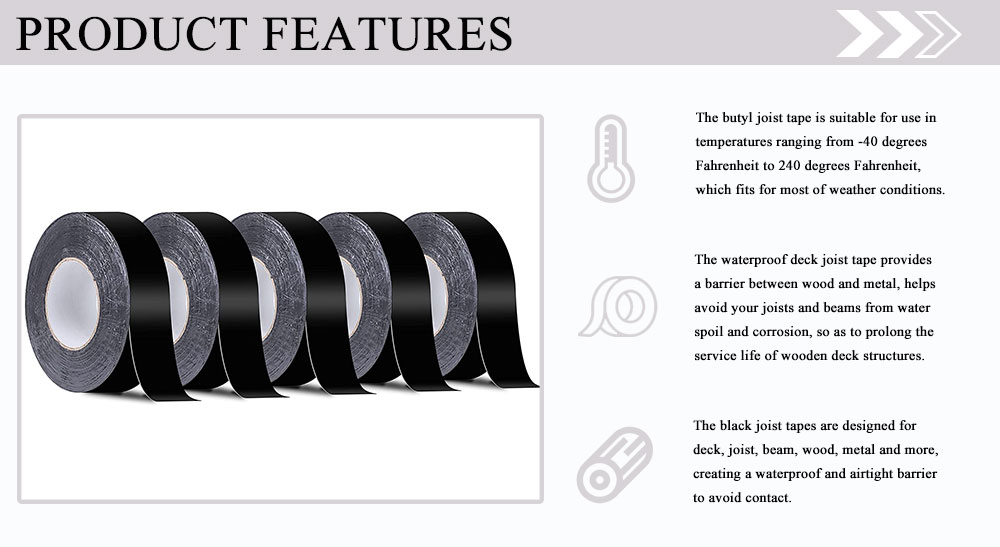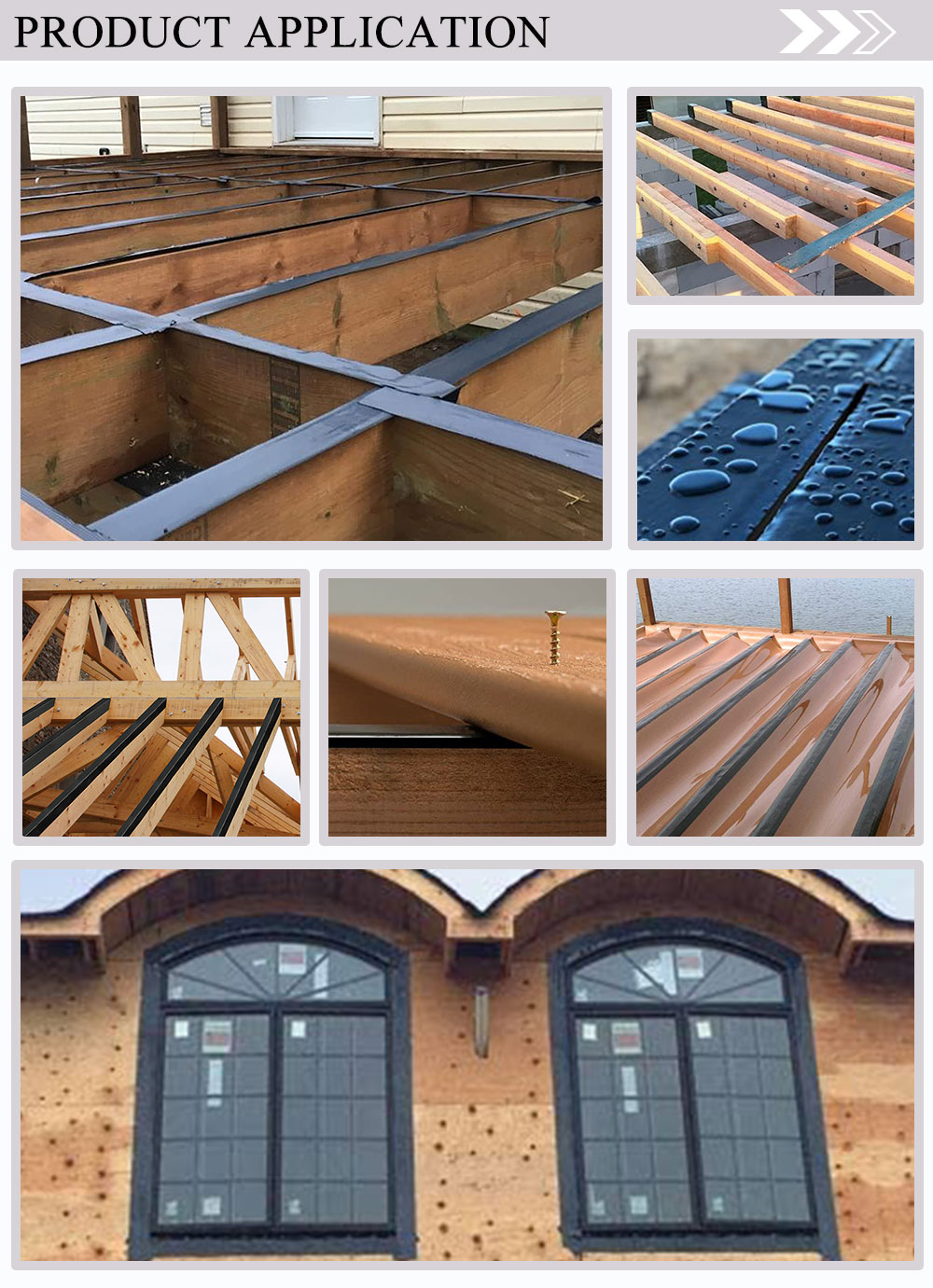In the northern regions, the soil tends to be alkaline, which is not suitable for growing acid-loving plants commonly found in southern China, such as rhododendrons, camellias, gardenias, and jasmines. Fortunately, there are several effective methods to improve soil quality and make it more suitable for these plants.
1. Using alum, also known as white peony, can help lower the pH of the soil. Dissolve a small amount of alum in water to create a 1-2% solution. This mixture should be applied to loose, humus-rich soil that already contains some fertilizer. Watering the plants with this solution once every two weeks can significantly benefit the growth of camellias and rhododendrons.
2. Ferrous sulfate, commonly referred to as green vitriol, is another useful tool for acidifying soil. Prepare a 0.2-0.5% solution and apply it every two weeks. This method is especially effective for acid-loving plants like gardenias that often suffer from yellow leaves due to high soil pH. It has proven to be very beneficial for improving the health and blooming of southern plants in northern conditions.
3. Sulfur powder is an excellent long-term solution for adjusting soil pH. It is a crystalline substance that can be ground into fine powder at home. For a typical 30 cm pot, adding 1-2 grams of sulfur powder can gradually lower the pH over time. Since sulfur is not easily soluble in water, its effects are slow but long-lasting, making it ideal for maintaining consistent acidity.
4. The orange peel method is a natural and eco-friendly approach. Fresh orange peels have a pH below 5 and contain nutrients that can enrich the soil. Soak the peels in water, then dilute the mixture and test the pH level to ensure it's suitable for your plants. This method not only helps adjust soil acidity but also provides a gentle source of nutrients.
By using these techniques, gardeners in northern areas can successfully grow acid-loving plants that typically thrive in more acidic environments. Each method offers unique benefits, and combining them may yield even better results. Whether you're a seasoned gardener or just starting out, these simple yet effective soil improvement strategies can make a big difference in your plant health and overall garden success.
Joist Tape Deck Flashing Tape Butyl Joist Tape for Decking
The Joist Tape is a malleable polyethylene waterproof wood flashing and material, using a rubberized asphalt mastic adhesive. Rot is caused by moisture that stays in contact with treated and untreated lumber deck framing and the above decking material. Wood decay can also occur when deck screws penetrate the deck boards, piercing the joist sub-framing below. The deck joist tape is easily apply to decking joists, around deck support posts and over ledger boards, which creates a waterproof seal that helps stop decay and wood rot.
The joist tape for decking as a barrier, it can reduce moisture damage to crossbeams. The joist butyl tape is used in temperatures range of -20°F to 176°F, it protects and maximizes the life of your new deck and creates a waterproof membrane that prevents wood rot caused by moisture.
Product Name
Material
high-density polyethylene (HDPE)
Adhesive
Pressure Sensitive
PE Film
White, other colors can be customized
Butyl Rubber
white, other colors can be customized
Application
Butyl Joist Tape
Providing corrosion protection
How To Use The Joist Tape for Decking
The joist tape for decking is easy to install just in seconds. Clean the adherend surface, cut the appropriate length as needed, peel off the protected film, and carefully press the tape against target area. Mistakes are easily rectified within the first few minutes of installation.


Joist Tape,Deck Joist Tape,Joist Tape for Decking,Joist Tape for Decks,Butyl Joist Tape
Kunshan Jieyudeng Intelligent Technology Co., Ltd. , https://www.jerrytape.com